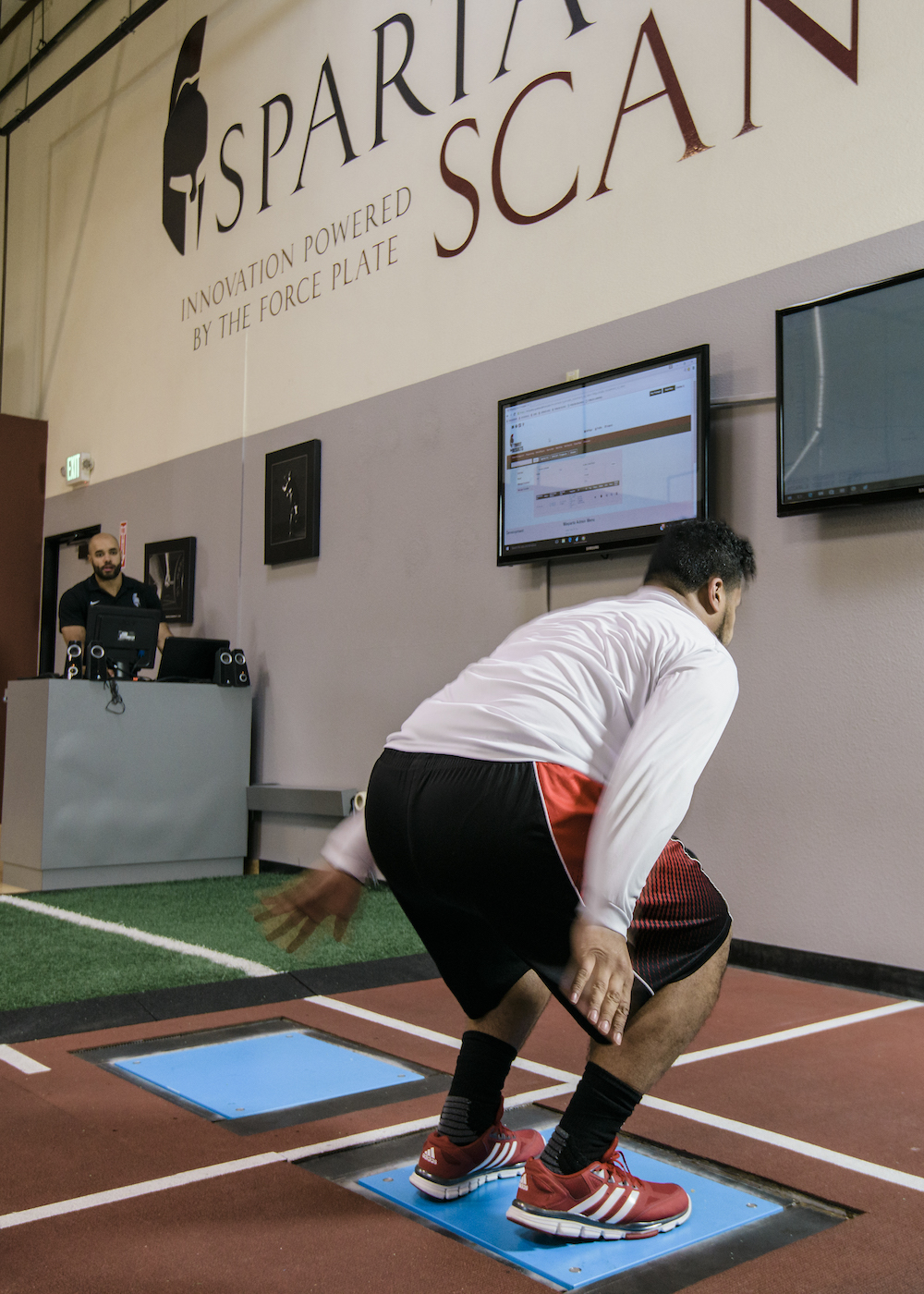
The game of baseball is often referred to as “America’s Pastime,” not only due to the rich history of the game, but there is something about watching your favorite team with a hot dog and an ice cold beer at the park you grew up going to with your dad. The ballpark scene is symbolic to American culture, and is filled with legendary players and coaches. In the sports performance realm, however, tradition, or doing it “the way it’s always been done,” can often lead us down an unproven path. The safety in doing what’s always been done has impeded performance gains for decades. The goal is to change this way of thinking.

Weightlifting for baseball players used to be a taboo topic; because the old school train of thought was that it could make you big and slow. While there may be some truth to that in certain cases, we know that resistance training, regardless of sport, can be very beneficial when done correctly. Using science to validate what we do in this industry is the best way to be sure that we don’t waste our time.
This year we had an athlete, who is relatively new to our organization, report to spring training with a scan of 45-43- 65. About two weeks into spring training he began to experience hamstring tightness/weakness preventing him from giving his absolute best. He was pulled from games and we decided to change his training stimulus to allow him to compete in the weight room, considering he could not compete on the field.

We put this athlete on our RATE program, otherwise known as our “return to play” protocol in which we limit range of motion, add volume, and limit rest times as they progress. Whereas most programs might prefer the athlete rest and take time off, we allowed him to take time away from the diamond, but still compete with himself under our supervision. The program allows the athlete to continue to train the proper movement patterns (squat/hinge), maintain mobility, and also stay well conditioned while adhering to the timer.
The rate program includes a squat to an elevated box, deadlift at an elevated height, along with upper body training to be completed free of pain. We have anecdotally seen this program improve the load and explode variables and there are a few theories as to why, which I will touch on another time. The rep scheme for most of the exercises start at 15 and increase to up to 25, while the timer starts at four minutes and decreases to two and a half minutes to build work capacity/efficiency.
After having our athlete do this program for 7 weeks we saw his scan bump up to 59-48- 61. We have now taken his scan from a concerning 45 or below in two variables and transitioned him into a favorable rotational “U” scan. On top of the scan, our athlete also tested better in his lower sway (balance) scan, showing an increase in lower limb stability. Furthermore, he began to train at higher intensities than he had in previous years. It wasn’t that he was incapable of pushing such significant loads before; however he likely had not been encouraged to due to the outdated beliefs of weight training and baseball players.